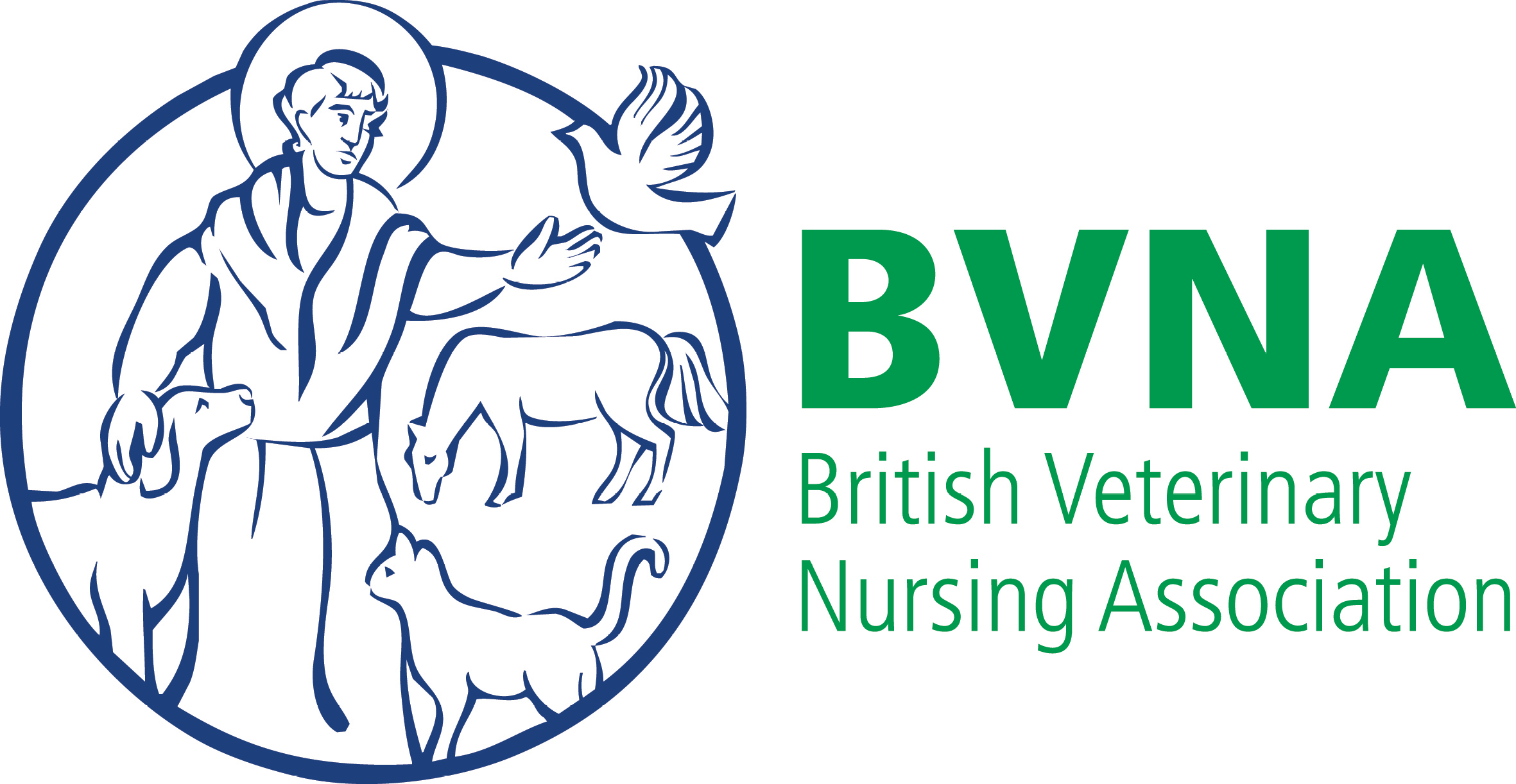VNJ Articlesclinicalnutritiontortoises
23 August 2022
The importance of correct nutrition and husbandry in Hermann’s tortoises by Sarah Holliday
ABSTRACT: Poor feeding and lack of exposure to ultraviolet (UV) light play a role in the development of common conditions seen in tortoises in veterinary practice. Conditions such as nutritional secondary hyperparathyroidism are due to insufficient calcium in the diet and lack of sunlight, leading to reduced levels of vitamin D synthesis within the skin. Signs such as bowing limbs are often irreversible, meaning euthanasia is the only treatment. This article will discuss the dietary and husbandry requirements of Hermann’s tortoise and the common conditions seen due to lack of sufficient light exposure and correct dietary elements.
Author
Sarah Holliday RVN C&GVNES

Sarah qualified as a veterinary nurse in 2008. She worked in a veterinary practice in Surrey while studying for a certificate in Canine and Feline Behaviour in 2011. She has always had a keen interest in exotic species and gained experience with exotic species by volunteering at London Zoo’s Veterinary Hospital in Regent’s Park for two years. There she helped care for species such as penguins, snakes, parrots, primates, and tortoises.
Sarah gained the City and Guilds Certificate in Nursing Exotic Species in 2013 and currently volunteers at The Wildlife Aid Foundation, which is a rehabilitation center for wildlife in Leatherhead. She is Head Nurse at Vet4Life Ltd in Teddington, where she trains student veterinary nurses and maintains practice standards.
Keywords: Clinical, Nutrition, Tortoises
To cite this article: Veterinary Nursing Journal • VOL 29 (07) • July 2014 • pp237-240
To gain access to this article, select one of the links below:
